You are a marketing leader who understands the importance of brand marketing to enable long-term growth and long-term success. However, when it comes to the CFO, who usually speaks a whole other language of spreadsheets and short-term payoff, it may be like a chore. The challenge is that there is a disconnect between creative strategy and financial discipline that needs to be closed and show that brand marketing is not simply a cost but a strategic capability that creates quantifiable value. It is also about demonstrating how your vision of the brand is closely related to the financial well-being of the company.
The Business Case for Brand Marketing
As a CFO, all investments must pay back. In the case of brand marketing, this is a matter of stating clearly how your activities are going to help the company remain financially healthy in the long-run. This is not soft metrics, but it is about demonstration of tangible business results.
- Pricing Power: A good brand enables you to be able to charge a premium price on your products or services as opposed to always competing based on price. This has a direct effect on gross margins and profitability, enabling your business to capture more value.
- Market Share Growth: A familiar and trusted brand inherently has more customers and will gain preference, and your market share grows. This can increase your clientele and income sources.
- Customer Lifetime Value (CLTV): Loyal customers whose loyalty is established by a strong brand make repeat purchases and also stay longer as customers. This greatly enhances their total lifetime value to the firm resulting in more reliable and stable revenues.
- Reduced Customer Acquisition Cost (CAC) in the long term: Although direct response marketing can have a direct, explicit CAC, a well-built brand will produce natural demand, create word-of-mouth marketing, and may even result in boosted conversion rates of paid mediums. This saves you money on the totality of your CAC in the long run because you will be able to make your acquisition activities more streamlined.
Speak in Metrics That Matter to CFOs
You need to speak the language of your CFO to convince him or her of the investments in brand marketing. This would mean transforming your brand marketing activities into financial figures in a manner that would be attractive to them.
- Revenue Growth & Margin Uplift: Show how brand campaigns have contributed to increased or improved overall revenue or profit margin per sale. To give an example, the good brand equity can allow you to raise prices or gain good margins in a competitive market without losing much on the volume of sales.
- Market Share Growth: Quantify your capacity to nab a bigger piece of the pie regarding brand marketing which is an indicator depicting competitiveness and expansion in the future.
- There will be a lower cost of customer acquisition (CAC): Demonstrate how increased brand awareness and preference can result in customer acquisition being more efficient. This means that you will spend less money to get a new customer because he or she is already informed and confident about your brand.
- Customer Retention Rates: Display the impact that brand loyalty makes on customer retention. The impact of reducing customer churn on repeat revenue and profitability is positive and direct.
- Brand as a Financial Asset: Have you made your CFO see brand as a financial asset on the balance sheet that appreciates in value? Explain to them how, just like a piece of real estate or piece of machinery, a good brand can accrue value, generating actual dollar dividends in the form of price premiums, additional customer loyalty and more solid revenues, especially during economic hardship. Reliable industry standards or case studies where good brands faired far better in terms of finances.
Addressing Attribution Challenges and Solutions
Among the frequent areas of conflict between marketing and finance is the question of the direct, measurable result of brand marketing, which is less immediate and direct than instant sales promotion. This is also a complexity that should be recognized, and practical solutions to measurement provided.
- Proxy metrics: Because brand marketing may not have an immediate conversion to sales, use proxy metrics which reflect an increase in brand strength and customer affinity. These may be the rise in direct traffic to your web site (people entering your URL directly into the browser window), in the number of branded search queries (people searching your brand name in Google), and organic traffic (non paid search traffic) which implies the growth of brand interest and recognition.
- Marketing Mix Modeling: In bigger organisations where there is adequate data, one can consider the use of marketing mix modeling. By using this method of analysis, it is possible to apportion sales and other business results to different marketing channels such as brand marketing activities over a period of time as historical data is analyzed.
- Pilot Programs and Incremental Gains: Propose to begin with pilot programs in your brand marketing efforts. This will enable you to experiment on a small and controlled level. Then, carefully measure the small gains made by these pilots. This may encompass quantifiable rises in brand awareness, a boost in your capacity to demand higher prices, or a significant increment in incoming leads. Be willing to communicate these outcomes publicly and often to your finance team, and be prepared to change your plans in accordance with the data you are getting. It is a responsible data-driven investment strategy.
Framing Brand Investment as Risk Mitigation
A strong brand does not only contribute to the growth of the business it also protects it against any financial risks, and it is this aspect that attracts the CFOs.
- Shielding against Commoditization: A powerful brand can be used to guard against commoditization in highly competitive markets where products are easily commoditized. It will enable you to keep better margins and not engage in price wars.
- Recession Resilience: The stronger the brand, the more likely the customers will be loyal and trust it even during hard economic times. This will give you a more predictable and stable source of revenue, which makes your business more stable against market fluctuations.
- Reputation Management: strong brand equity is a cushion against bad publicity, product recall or competition. A well-established brand usually elicits more goodwill among customers when a problem occurs, and the financial and reputational cost is restricted.
Facilitated market entry: An established and reputable brand can make market entry into new markets or the release of new products much less risky and much more cost-effective. Brand awareness may cut down on the large initial marketing expenses.
Cross-Departmental Alignment and Presentation Strategies
To get the CFO on board, one must communicate freely, collaborate, and have a clear and well-organized presentation.
- Bring Finance to the table Early: Do not engage finance at the eleventh hour. Engage the staff of the CFO at the initial steps of brainstorming your brand marketing strategies. Collaborate in co-designing the measurement frameworks and develop the investment case. It is done to make sure that the marketing objectives are aligned as well as financial performance indicators (KPIs) at the beginning and result in joint ownership and a common perception of success.
- Case Studies and Benchmarks: Reinforce your proposal with an example of other companies. Point out examples of others in similar industries or those at a similar growth stage who have effectively invested in their brand and have achieved specific, quantifiable financial results. This gives you outside confirmation of what you are proposing to do.
- Realistic Frameworks to Discuss: Frame your case in terms that the CFO is familiar with and appreciates:
- ROI Modeling: It may be a long-term rate of investment but give a model which includes how the financial benefits may be brought about and the estimated amount of benefits.
- Narrative Frameworks: Present a good data-supported story. Present the business case, your solution to brand marketing and lay out clearly the financial implication and why it is important to the future of the company.
- Budgeting Models: This should explicitly demonstrate how the proposed brand marketing spend will be incorporated in the general financial planning, allocating and projecting returns per segment.
CFOs are far more likely to okay brand marketing expenditures when they see how a powerful brand generates steady revenues and a sustainable profitability. They must view it as a strategic tool of sustained growth, and not as an optional creative expenditure.
HT Brand Studio: Your Partner in Quantifying Brand Value
Building a strong brand requires not just creativity but also strategic measurement and successful communication of its impact. HT Brand Studio will assist you in developing interesting stories about the brand marketing and linking them to the actual business results directly. Our expertise is in helping you to develop content strategies that will help you meet your financial objectives, leading to the measurable success that you will need to present to your CFO. We know how to turn creative production into measurable business value and can assist you in showing the real effect and return on investment of your brand marketing.
Frequently Asked Questions
What is brand marketing?
Brand marketing refers to the act of developing and enhancing identity, reputation, and market presence of a brand. It is concerned with the message of the purpose, values and the promise of a brand to its customers to create preference and loyalty, which again leads to long-term business growth and financial stability.
How do you measure the return on brand marketing investments?
The ROI of brand marketing can be measured by various measures other than direct sales such as brand awareness (e.g. surveys, social mentions, branded search volume), brand equity, CLTV (customer lifetime value), CAC (customer acquisition cost) over time (a stronger brand can reduce CAC), market share increases and pricing power. It also implies tracking indirect indicators, such as direct traffic of the site and natural increase
Why is a strong brand important for a company's finances?
A good brand is a financial asset as it allows price premiums to be charged, allows generation of customers who are more loyal, less prone to switching, and may result in earnings that are more consistent and less volatile, particularly in economic downturns. It also decreases the cost of customer acquisition in the long run and serves as a cushion against competitive risks or image problems, which directly affect the financial well-being of the company.
What are "proxy metrics" in brand marketing?
Proxy measures are indirect measures employed to ascertain the influence of brand marketing in situations that the direct sales attributions are hard. An example can be the growth in direct traffic to the site, branded search results (users searching specifically by your brand name), and organic traffic, all of which indicate an increase in brand awareness and interest.
Should I involve the CFO's team early in brand marketing planning?
Yes, absolutely. Engaging the team of the CFO at the earliest planning stages can enable you to co-design measurement frameworks and investment cases so that your marketing objectives and financial performance indicators (KPIs) are aligned right at the start. This partnership develops confidence and facilitates easy access to finance.
Ready to take your brand to the next level? Connect with us today to explore how HT Media can amplify your presence across our diverse portfolio of 25+ brands and properties. Let's turn your brand vision into reality!

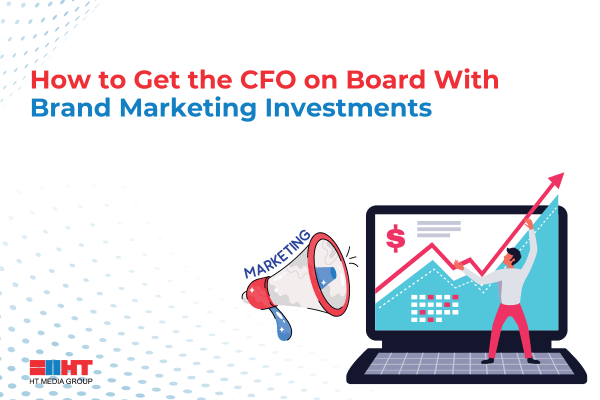

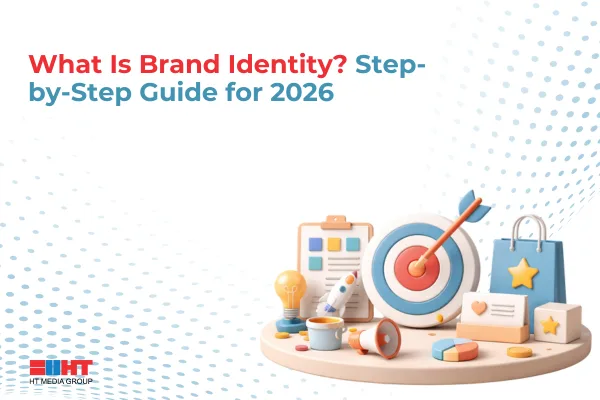
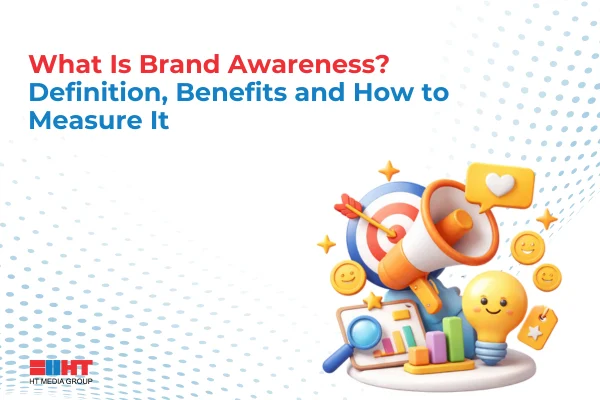


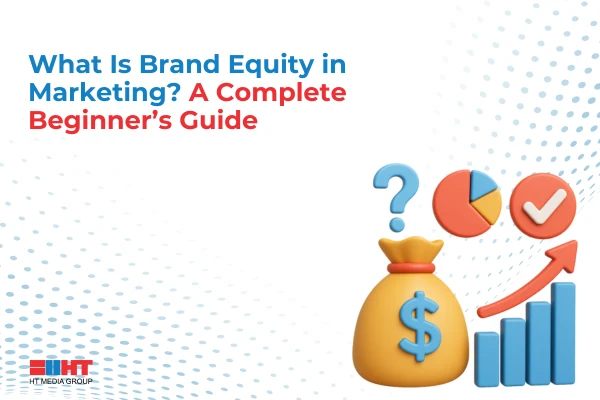
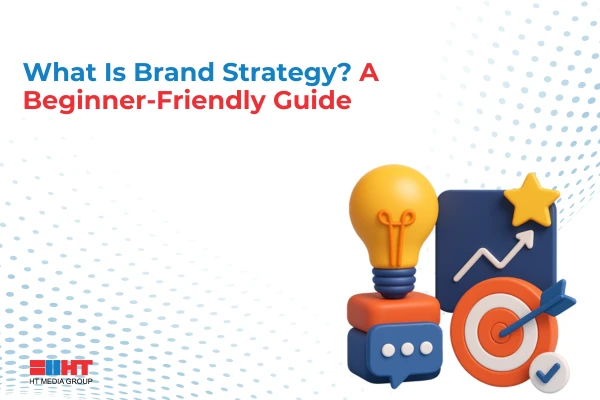
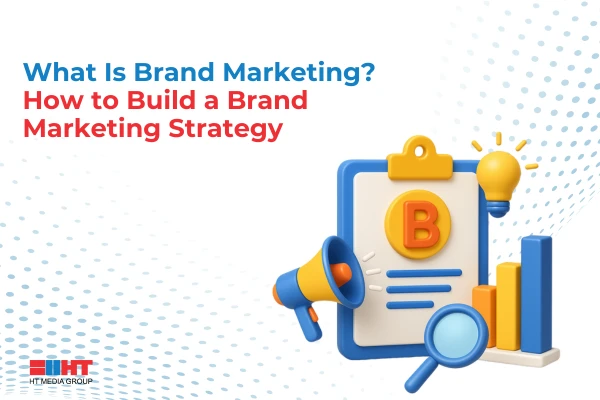
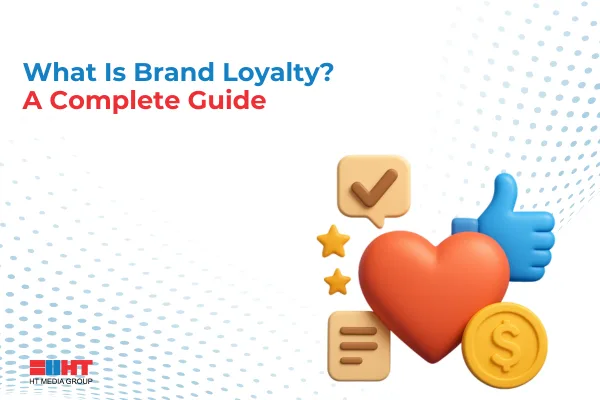
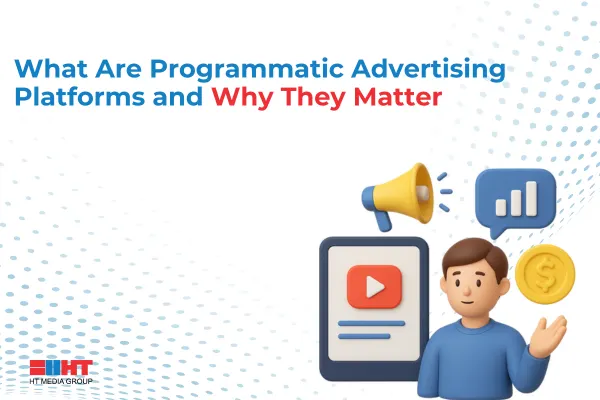
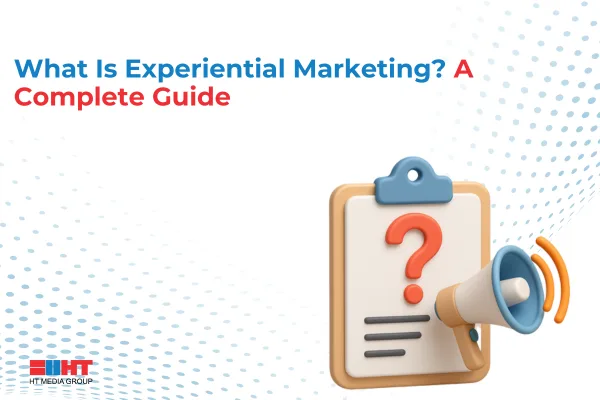
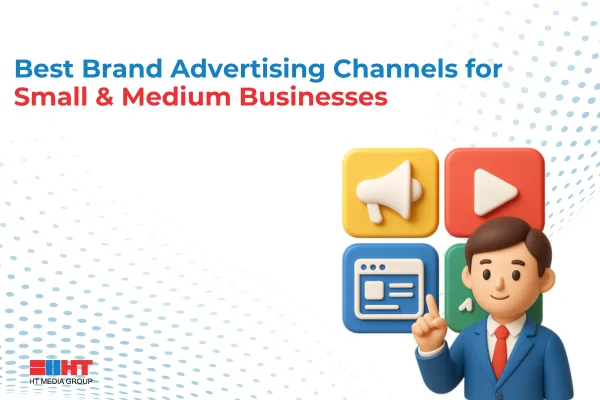
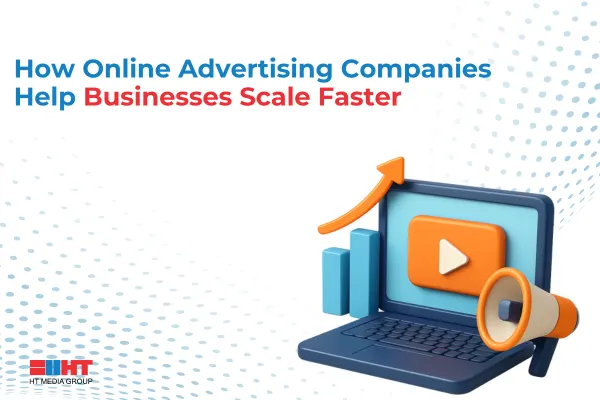
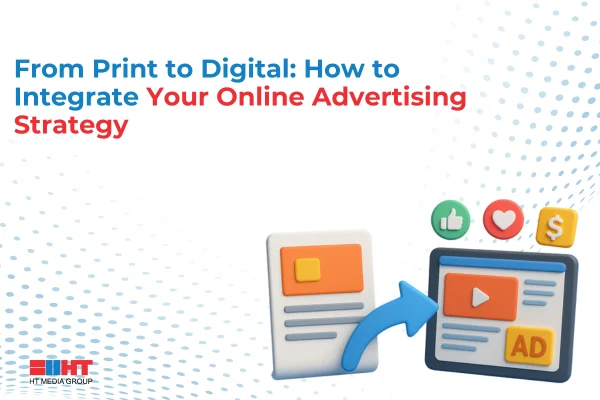
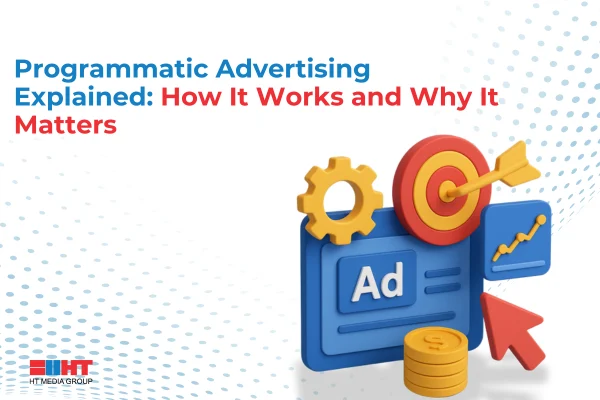


Comment